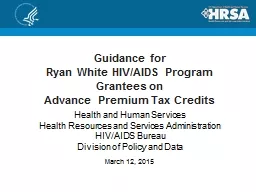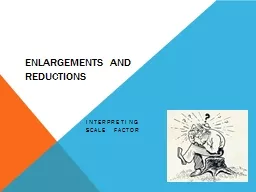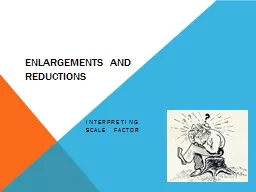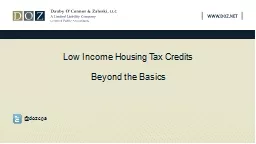PPT-Understanding Premium Tax Credits and Cost-Sharing Reductions
Author : tatiana-dople | Published Date : 2018-02-27
Jon Peacock Wisconsin Council on Children and Families Judy Solomon Center on Budget and Policy Priorities Joe Touschner Georgetown University Center for Children
Presentation Embed Code
Download Presentation
Download Presentation The PPT/PDF document "Understanding Premium Tax Credits and Co..." is the property of its rightful owner. Permission is granted to download and print the materials on this website for personal, non-commercial use only, and to display it on your personal computer provided you do not modify the materials and that you retain all copyright notices contained in the materials. By downloading content from our website, you accept the terms of this agreement.
Understanding Premium Tax Credits and Cost-Sharing Reductions: Transcript
Download Rules Of Document
"Understanding Premium Tax Credits and Cost-Sharing Reductions"The content belongs to its owner. You may download and print it for personal use, without modification, and keep all copyright notices. By downloading, you agree to these terms.
Related Documents














